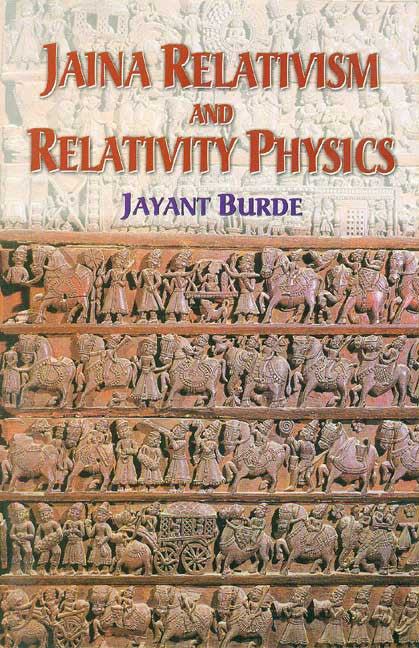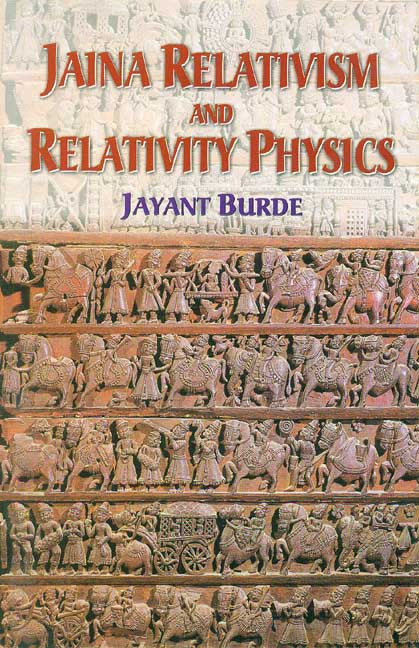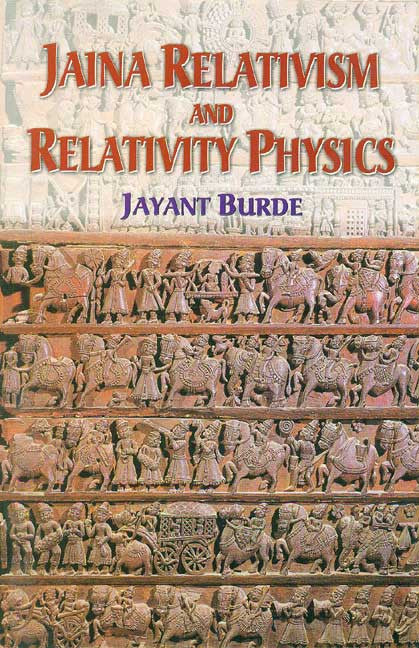Jaina Relativism and Relativity Physics
Jaina Relativism and Relativity Physics - Paperback is backordered and will ship as soon as it is back in stock.
Couldn't load pickup availability
Einstein's theory of relativity which appeared in the early twentieth century. Shook many fundamental concepts in physics such as space, time, mass, energy and gravitation. However, it led to many misconceptions. Lay persons often equated it with the concept of non-absolutism, relativity or relativism which is found in many philosophical systems.
Unfortunately, the theory spawned many misconceptions. Lay persons asserted, "Everything is relative", "You can go back in time". Those who were familiar with the western as well as eastern
philosophy of relativism or relativity or non absolutism claimed, "Our ancestors talked about
relativity long back" or "Our forebears had anticipated Einstein long ago." Most of these
misperceptions stem form the fact that Einstein uses the word "relativity" for his theory in physics. Undoubtedly there are many theories of philosohical relativity. They assert on-absolutism
of knowledge. Most of these theories are idealist which deny objective cognition and content that
human knowledge does not reflect the objective world.
In Jaina relativism called anekantavada or syadvada one finds a rare combination of non absolutism
and objectivity. Anekantavada is one of the main pillars of Jaina philosophy and religion. It believes in rationality, objectivity and like science relies on empirical evidence.
This book is a comparative study of relativity physics and philosophical relativity physics and philosophical relativism with special reference to Jaina philosophy of anekantavada and syadvada. Jainism like science believes in objectivity and empiricism. This makes the analysis of similarities and differences between relativity physics and Jaina non-absolutism quite rewarding.
The author suggests how syadvada can be enriched to identifying "false absolutes" and analyzing avaktavya ("the indescribable"). He also addresses the paradox: Is the doctrine of Jaina non-absolutism itself relative or absolute?
Review(s)
About the Author(s)
Jayant Burde received his M.Sc. degree in mathematics from Bombay University and a law degree from Bangalore University. He is also a Certificated Associate of Indian Institute of Bankers. His published papers contain mathematical models in finance, costing and organizational structure.
He has also authored five books: Philosophy of Numbers, Rituals, Mantras and Science (MLBD, 2004), Sunya and Nothingness (MLBD 2009), The Mystique of Om (New Age Books, 2007) and The World of Rhythm called Rituals (New Age Books, 2007).
-
Pages
-
Edition
-
Size
-
Condition
-
Language
-
Weight (kg)
-
Publication Year
-
Country of Origin
-
Territorial Rights
-
Reading Age
-
HSN Code
-
Publisher




